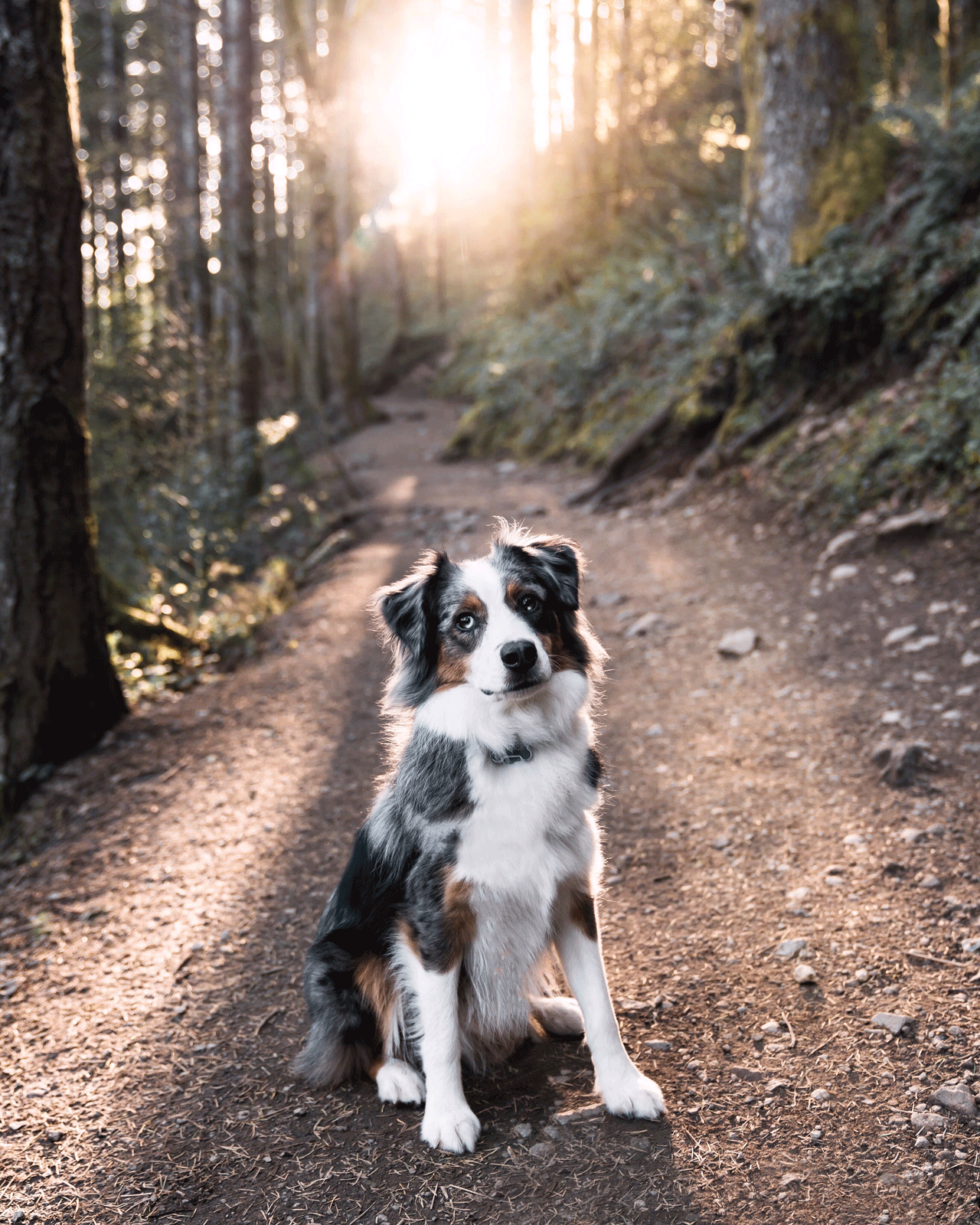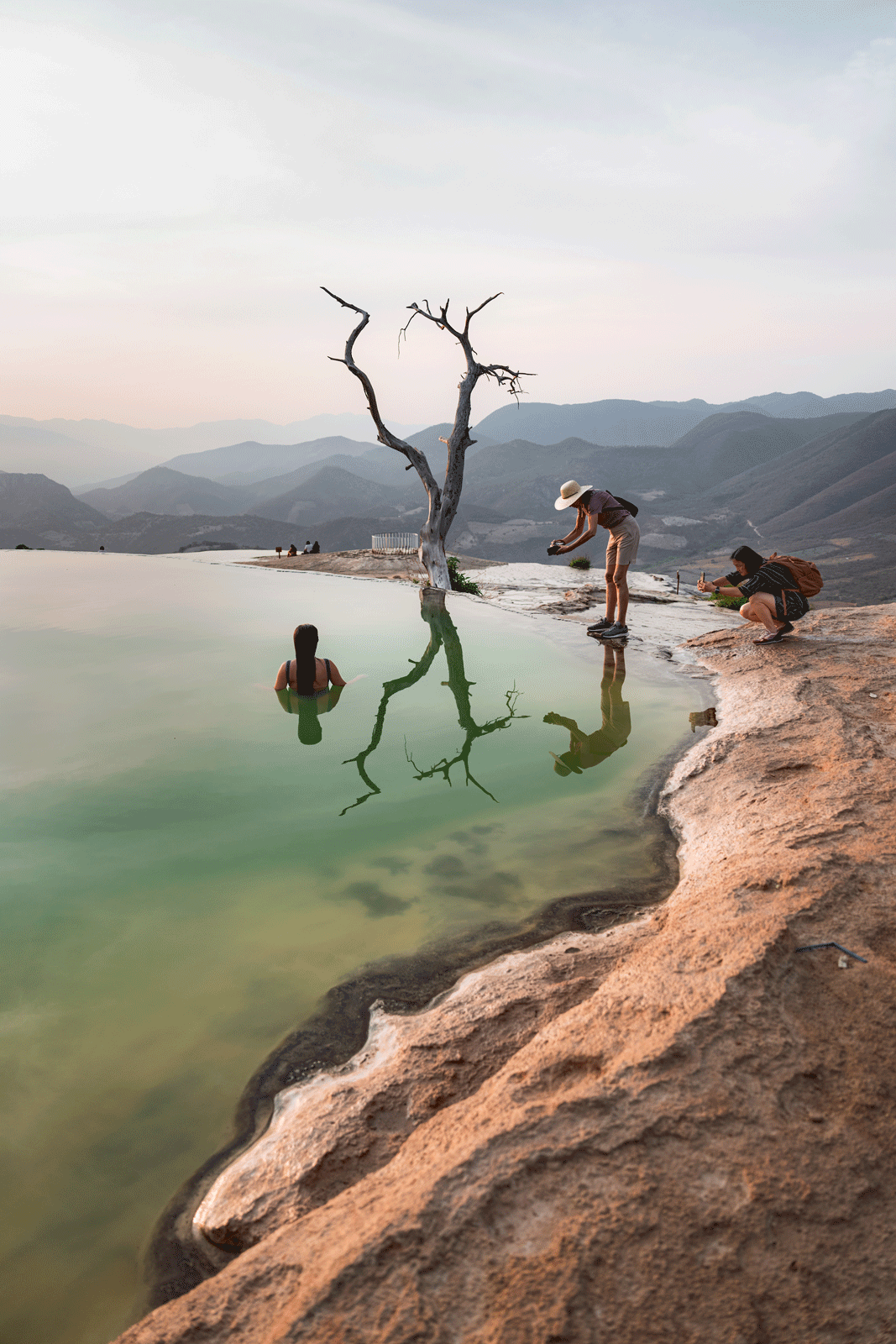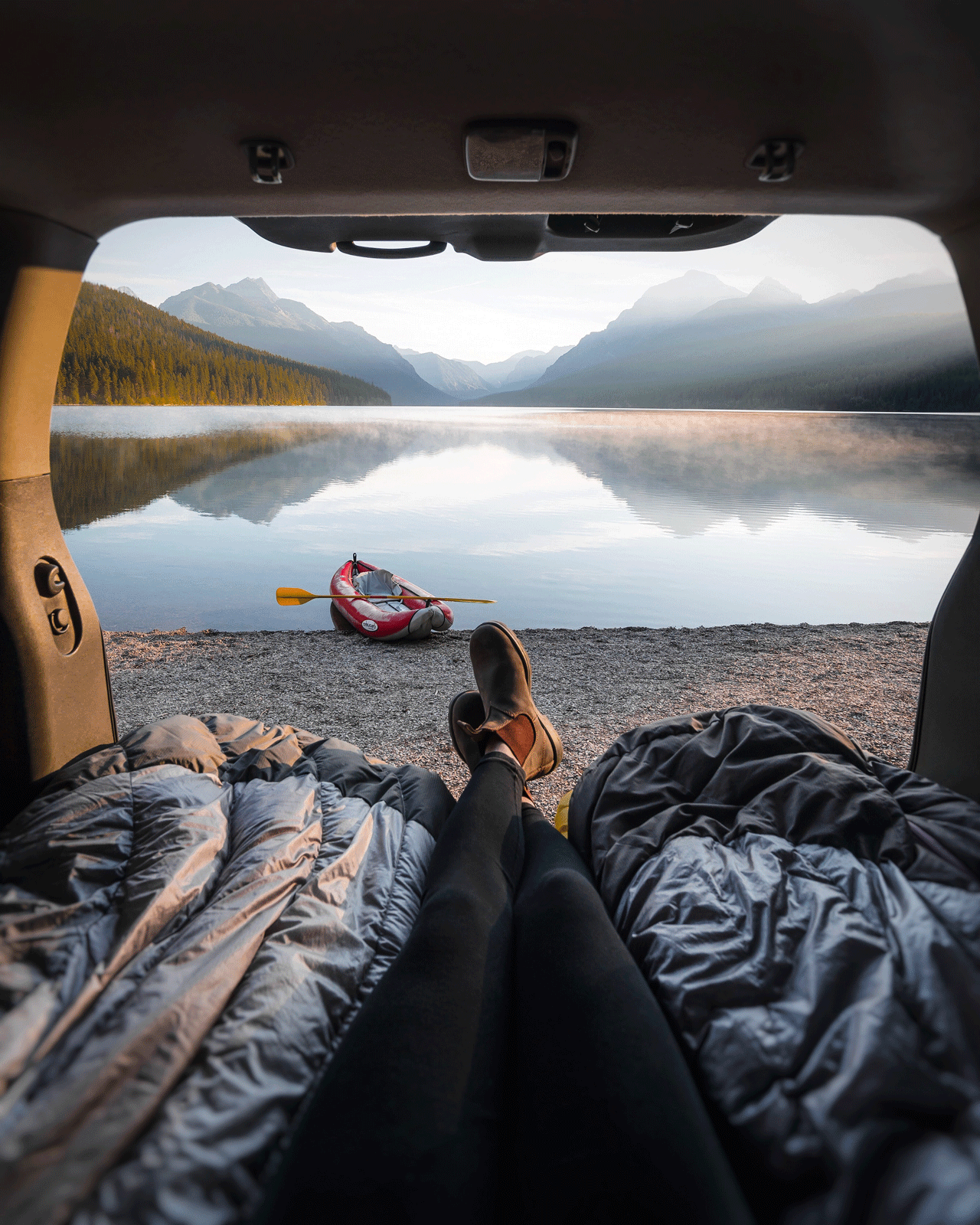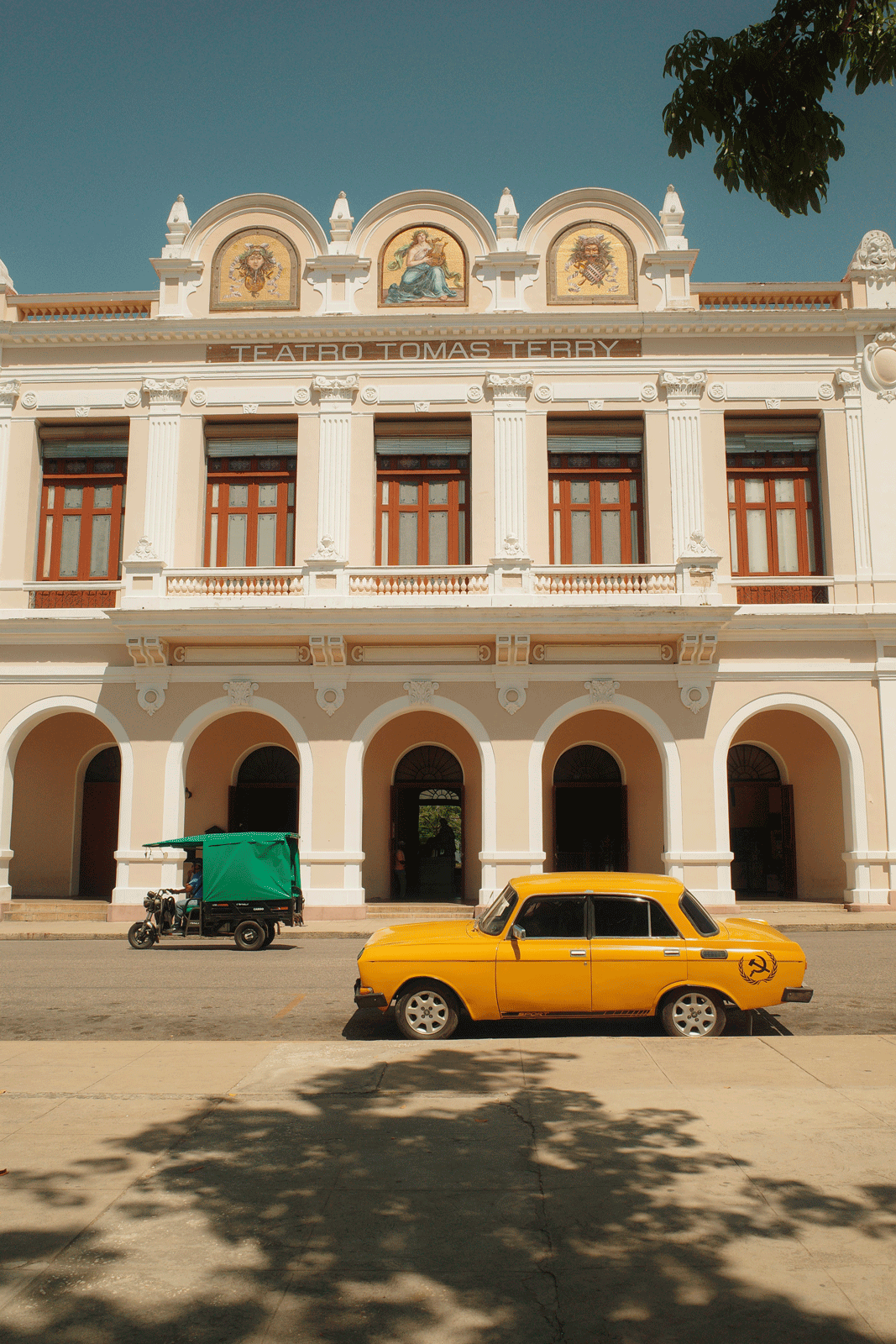Using Adobe Lightroom’s New AI Tools to Tell Better Travel Stories
![]()
For over a decade, Tiffany Nguyen has been traveling the world documenting the landscape, adventure, and culture in some of the most photogenic places. With Adobe’s recent announcement of a number of impressive new Lightroom Firefly-powered features, Lightroom Ambassador Nguyen revisited some of her favorite photos to give them a modern, Firefly-assisted, makeover.
Full disclosure: This article was brought to you by Adobe
California-based photographer Tiffany Nguyen did not grow up dreaming of a photography career. In 2014, she graduated from dental school with ambitions of taking over her father’s dental practice.
“Around the time I graduated dental school, I started an Instagram account,” Nguyen said. “I was inspired by the photos that I saw in my feed, and I started wondering why I had never visited these beautiful locations right in my backyard.”
Contrary to her current lifestyle, Nguyen was not raised adventuring in the outdoors. “My first time hiking and camping wasn’t until I was in college,” she describes. “Even though I was an adult, outdoor adventure was all new to me. I started close to home by visiting the national parks in California, and I was immediately obsessed with the landscapes I was seeing.”

For Nguyen, the transition into documenting her adventures through a camera lens was a natural progression. “Since I was inspired to explore the outdoors from the photos I saw on Instagram, I wanted to share the experiences that I was having,” she continues. “I had hoped my photos would inspire others who were like me to get outside and explore.”
The landscape, travel, and adventure photographer didn’t immediately jump into learning how to improve her photography on an expensive DSLR camera. Nguyen began taking photos on her iPhone before upgrading to a Sony a6000. “I learned the basics of how to use my camera and understand settings from friends. When I asked them what they did after capturing their images, they recommended Lightroom. They showed me how easy it was to use, and I loved the sliders that made immediate improvements to my photos.”

Adobe Lightroom, launched in 2007, revolutionized the digital photography workflow by providing photographers with a powerful tool for organizing, editing, and sharing their images. Lightroom’s non-destructive editing capabilities and seamless integration with Adobe Photoshop made the program an essential addition to most photographers’ toolkits.
While the early iterations of Lightroom were focused on providing photographers with a tool to organize their ever-increasing number of digital images, the program has evolved to include powerful editing tools.
In March 2023, Adobe introduced Firefly generative AI to Photoshop, which included the impressive Generative Fill and Generative Expand tools. These gave photographers the ability to fill or even expand an image based on the user’s text prompts. Over the following months, Adobe has been improving its Firefly AI model while introducing more features to its suite of applications.
Today’s announcement brings Adobe Firefly to the Lightroom ecosystem for the first time, allowing photographers to edit their photos with generative AI from any device.
The two most notable additions are Generative Remove and AI-powered Lens Blur. Adobe says that “Generative Remove is Lightroom’s most powerful remove tool yet, with the power to eliminate anything from any photo non-destructively in a single click.”

Lens Blur has been available in Lightroom since November 2023, however the new AI-powered Lens Blur in Lightroom improves greatly on the previous tool and comes with all-new presets for easy, automatic aesthetic blur effects.

“These new tools add so much value to my work,” Nguyen says. “Generative Remove is the feature I have been dreaming about for years. I think the biggest misconception about this tool is that it’s not just for removing people from the scene. Even in nature, there are always small details I wish weren’t there. I am detail-oriented, so I often spent hours, or sometimes, even days, removing people and objects from photos to make them fit my artistic vision. What Generative Remove gives me is a powerful tool that can take the monotonous work out of editing. This lets me spend less time editing photos and more time traveling and photographing new adventures.”
As a Lightroom Ambassador, Nguyen received early access to the new Firefly AI tools on the platform.
“The first thing I did was open some of my favorite photos I have taken over the years. Many of these photos took hours of clone stamping to remove the unwanted people, objects, and distractions in the frame. I have long wanted to re-edit these photos as my style has evolved, so this update provided the ideal time to do that. I can give these photos that mean so much to me a modern re-edit that fits my style in just minutes, instead of hours.”

Spending time in nature and traveling has blossomed from a hobby into a full-time career for Nguyen, however, she makes time to enjoy the experiences. “When I first started traveling, I was so hyper-focused on getting the perfect photo, I would tend to overshoot. As incredible sunset light would wash over a grand view in a National Park, or the aurora borealis in Iceland danced overhead, I would take photo after photo. Before I knew it, the moment was over, and I wished I had more memories seeing the scene with my own eyes rather than looking at it through the viewfinder,” she says

“It’s difficult to find the balance of capturing a photo, but also, enjoying and immersing yourself in the moment,” Nguyen continues. “As photographers, it’s hard to turn off our brain and stop pressing the shutter button. The light is always changing, the clouds are always moving. I always try to immerse myself in the moment instead of just capturing the shots. I will even add extra days to a planned trip to explore without my camera. Traveling is an amazing experience, so it’s important to ensure I return home with not just photos, but also, memories.”
Nguyen describes one of those memorable, and difficult, moments when she traveled to Yellowknife, the capital of the remote Northwest Territories of Canada.
“The entire purpose of the trip was to see the northern lights. Every night, going outside was incredibly challenging. The lowest temperature we felt was -58 degrees. Our cameras and tripods were frozen, and batteries would drain incredibly fast. We were standing on a frozen lake waiting for the lights to materialize and when they finally did, it was a moment I will never forget. I snapped a few photos before stepping away from the camera and being in awe at the show I was lucky enough to witness.”

Even though there weren’t many distractions, Nguyen still found ways to use Generative Remove to fit her artistic style. “I like simple, so even just removing the lights, smoke, and some foreground bushes helped make the image more pleasing to my eye.”
The popular Hand Bridge in Da Nang, Vietnam was a much more difficult photo to edit before Generative Remove. “When I arrived, the bridge was already swarming with people. In addition to the people, there were so many small distractions, like signs and spots on the wood, that it took me days to edit. It was an incredibly frustrating and time-consuming process. When I re-edited this photo using the Generative Remove in Lightroom, I had an image that I felt was better than the original, in less than 10 minutes. This was the photo, and the edit, that excited me for the power of this tool for not only my future images but my past images as well.”

Despite the advancements in Firefly AI technology, Nguyen stresses that it is still important to understand the fundamentals of travel photography to capture the essence of a scene.
“I like to use the environment to my advantage,” she explains. “I look for interesting foreground elements, or something unique that I can frame my subject around. This helps me create depth and different layers to my images. I like to add a subject to my images, a person kayaking or hiking, which helps tell a story. This can help add a sense of adventure and a sense of scale to show how grand the landscape is. Those images make the viewer feel like they are in this incredible location with me, instead of an empty landscape which doesn’t always convey that same feeling.”

For all photographers, no matter the genre, perhaps no element is more important to storytelling than using depth of field to create a cinematic look and separate your subject from the background. Until recently, this was mostly accomplished in camera using aperture to dictate how much bokeh, or background blur, an image would have. With Lightroom’s Firefly-powered Lens Blur, photographers can add lens blur to enhance an image.
“To me, this is just as exciting as Generative Remove,” Nguyen states. “Lens blur is such a critical part of storytelling, and now I can make lens blur adjustments that best fit my photography storytelling style. I don’t need to worry about the equipment that I am using. Even if I just have my iPhone, I know I can add bokeh to create depth that will separate my subject from the background. Lens blur, even if slight, makes the image more interesting. For me, well-placed lens blur creates a different type of story, instead of a flat-feeling image that isn’t as interesting.”

Nguyen stresses that the tool isn’t just useful for photos with close subjects. She says most photos can be improved with a bit of lens blur selectively applied. “I have countless landscape photographs that I am excited to re-edit with a bit of lens blur. This will help lead the viewer’s eye to the most important aspect of the scene. If I can help drive the narrative using lens blur, that makes me a better storyteller. The possibilities are endless with this tool.”

While she is a trained dentist, Nguyen’s photography has become so popular that she has put dentistry behind her to focus on her photography career. With an impressive client list of companies such as Sony, BMW, Amazon, United Airlines, and Apple, Nguyen is away from home most of the year. Until recently, Nguyen found herself editing most of her photos in the Lightroom Classic app on her Mac computer. With the advancements of Lightroom mobile, Nguyen’s workflow has changed.
“When I travel, I prefer to spend more time in the field than in front of a computer, so it’s not uncommon for me to go days without opening my laptop. I will send emails, post on social media, and edit photos on my phone. The Lightroom Mobile user interface is intuitive and easy to use, and the editing process flows from start to finish,” she says.
“I like to share real-time stories on Instagram so my followers can follow along with my adventure,” Nguyen continues. “It makes sense to add to my storytelling by posting real-time photos as well. I simply send the RAW file from my Sony A1 to my phone, open it in Lightroom Mobile, and I can apply almost all of the same edits that I would in the desktop app, including the powerful new Firefly AI features, Generative Remove and Lens Blur.”

Nguyen credits these quick edits as a crucial part of her Instagram success.
“For me, social media is all about sharing,” she continues. “When I get home from a trip, it’s easy for photos I love to get buried in a hard drive. By the time I would edit them, the excitement of those moments has waned, and I am less likely to share them. Being able to quickly and effectively edit on the go has completely changed how I use social media, and I believe it has been for the better.”
Even with improved editing tools that have become available since Nguyen first started her photography journey a decade ago, she still loves to hand-edit and see her images come to life.
“While I am happy that editing has become quicker, I love to get deep in the weeds with my images and make them uniquely mine. I still use the clone stamp and healing tool for dust spots, far-off people, and other small tasks. However, if I am faced with a larger object against a complicated background, I know I have the Firefly Generative Remove tool at my disposal. I never want my editing done for me, however, I like having the tools available that make an edit quicker, easier, and often better.”

Nguyen stresses that, even with the advantages that AI provides, it is just a tool to help artists become better photographers. Ultimately, the responsibility to tell stories through photos still comes down to the photographers themselves.
“The type of photographer that someone is going to be is dependent on their skillset, their creativity, their dedication, and their ability to continue learning and improving. AI isn’t going to hike 12 miles into an incredible alpine lake surrounded by stunning mountain peaks. AI isn’t going to find your composition. AI isn’t going to find foreground elements that help tell the story. And most importantly, AI isn’t going to replace your creativity. AI is an additional tool that helps us bring our creative vision to life.”

In addition, Nguyen says that the Firefly AI tools have brought excitement back to the editing process. “Honestly, it’s so much fun,” she exclaims. “It’s mind-blowing to select an object to use Generative Remove on, and you don’t know what it will replace it with. And you get not one, but three different Generative Remove options to select from. They are always impressive, so it’s been a fun addition to my editing process.”

Generative Remove is allowing Nguyen to challenge herself by capturing photos she might not have previously.
“Sometimes, I just find myself in scenes that are so chaotic, with so many distractions, that I don’t even take a photograph. Now, I will take that photograph as a challenge to myself to see how well I can remove unwanted distractions. For me, that’s added another layer of enjoyment to my shooting, as there is now always the possibility of making a chaotic scene more pleasing to my eye and fit into my photography style.”
Nguyen says that the advancement of Firefly AI and its inclusion in the Lightroom ecosystem is a win for all photographers. “For a photographer like me who loves the art of taking photos, the technological advancements of Firefly AI allow me to create more art. If my workflow is faster, I have more time to travel. If I have more time to travel, I have more time behind the camera creating content. And most importantly, I have more time to put the camera down and immerse myself in more incredible experiences that I might never have had otherwise.”

More from Tiffany Nguyen can be found on her website and Instagram.
Full disclosure: This article was brought to you by Adobe
Image credits: All photos by Tiffany Nguyen